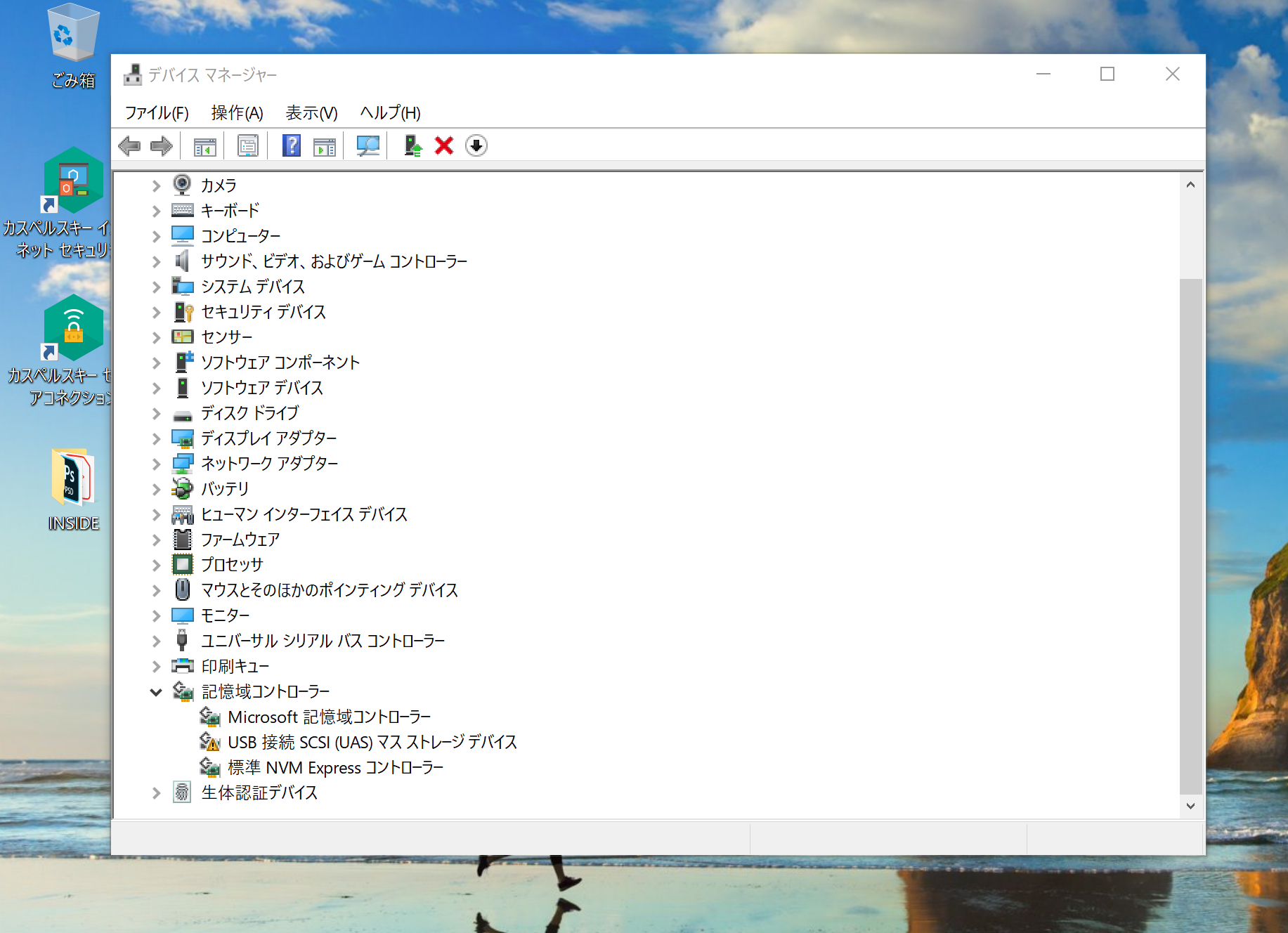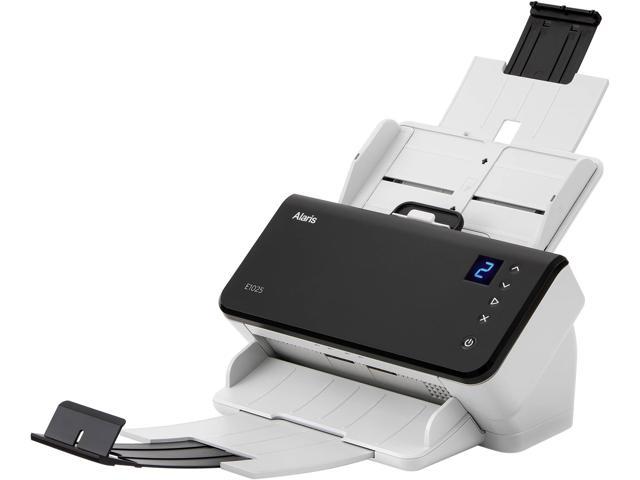| ||||||||||||||||
| ||||||||||||||||
| ||||||||||||||||
| ||||||||||||||||
AVision Parts, Bell & Howell Scanner Parts, Canon Scanner Parts, Epson Scanner Parts, Fujitsu Scanner Parts, Kodak Scanner Parts, Panasonic Scanner Parts, Ricoh Scanner Parts | ||||||||||||||||
| ||||||||||||||||
- Kodak Scsi & Raid Devices Driver Updater
- Kodak Scsi Software
- Kodak Scsi & Raid Devices Driver Win 7
- Kodak Scsi Usb
- Kodak Scsi Camera
Kodak 1318047 EasyShare Travel Kit. Kit Contains: One KODAK Premium Camera Bag One KODAK EASYSHARE Rapid Charger One KODAK EASYSHARE Ni-MH Rechargeable Battery Pack Power Plugs for international or domestic travel – US, UK/Hong Kong, European/Asian, and Australia plugs (110-240 volt). Kodak Ngenuity 9150 - Document scanner - Duplex - 12.5 in x 40 in - 600 dpi x 600 dpi - up to 150 ppm (mono) / up to 150 ppm (color) - ADF ( 700 pages ) - up to 150000 scans per day - USB 2.0, SCSI. On the backside of the Hawkeye II Integrated Imaging Accessory is a dot matrix LCD display with buttons, a BNC video output jack, and a 25-pin SCSI connector. The LCD display also has a handy eight-bar histogram to indicate imaging. The shutter buttons were borrowed from the parts bin of Kodak Disc series cameras.
Typically, your scanner will have come with a CD-ROM that bundles the device’s driver software and associated scanning applications.
Follow the instructions for installing the software.

If you’ve been provided with a floppy disk in addition to a CD-ROM, the implication is that this may contain updates to the software on the CD-ROM. Double-click any setup.exe file and follow the subsequent instructions for installing the software.
While consumers will generally seek to differentiate one desktop scanner from another on the basis of specific performance criteria, oftentimes the thing that most distinguishes one scanner model from another is the differences in their software bundles.
There are generally three kinds of software to look for when shopping for a scanner:
- Driver software
- Colour calibration software
- Application software.
and it is the last two that can often have a significant bearing on the overall value of a particular scanner product.
Colour calibration:

One of the frustrations of using a desktop scanner is that a scanned image can look different on screen than it does when printed, and both can vary quite a bit from the original. The solution to this problem is a colour calibration (or colour matching) system.
One of the most comprehensive systems is the Kodak Colour Management System (CMS), which uses its own colour definitions together with profiles for each different scanner, monitor, and printer in the system to translate and standardise colours. Elements of the Kodak system are bundled with Adobe PhotoShop and other software, and CMS is rapidly becoming the favourite of graphic artists and others who depend on closely matched colours.

Other systems have been developed by individual scanner manufacturers and software publishers. These proprietary profile-based systems can also do the job, provided that they include profiles for all of the different devices that will be used for scanning, viewing, editing, and outputting the final image.
An alternative approach is known as output-based correction, and involves scanning and outputting a standard calibration target, and then making adjustments to colour profiles in order to standardise colours. This is a less sophisticated process, and is probably inappropriate for users who want to continually re-calibrate their systems for optimum results. For basic colour scanning, however, output-based correction is often sufficient.
Application software:
Most scanner manufacturers bundle at least some kind of image editing software with their scanners, but the quality of what they supply varies widely. These programs allow users to manipulate the image files produced by a scanner, and can change anything from a single pixel to the nature of the whole image.
Manufacturers typically bundle applications from leading suppliers. However, the likes of Adobe have a bewildering array of products ranging from entry-level to professional and oftentimes a a bundled high-end application will in fact be a limited version lacking some of the program’s more advanced features.
The other application that is often included in a scanner manufacturer’s software bundle is an entry-level optical character recognition (OCR) program. These applications take an image containing text (for example, a scan of a typewritten letter) and convert it from a collection of pixels back into text that can be edited in a word processor.
These entry-level programs provide a good introduction to OCR and will be sufficient for most users’ needs. Those that decide they need more advanced features – such as greater accuracy and ease of use, the ability to retain page layouts, OCR proof-reading, integration with leading word processors etc. – are generally afforded the opportunity to upgrade to a full version of the product.
Make sure the scanner is powered on and restart Windows to complete the driver installation. You can then confirm that the driver software has been properly installed via Device Manager. Access this via Windows 98 by going Start > Settings > Control Panel > System > Device Manager. For Windows XP, right-click My Computer and click on Properties, Hardware and Device Manager.
Kodak Scsi & Raid Devices Driver Updater
You should see an entry for your host adapter under Imaging Device.
Kodak Scsi Software
In the event of any problems, it’s always worth trying updating the drivers to the latest available version.
Provided you know the manufacturer and model number of your scanner, a specialist driver site, such as missingdrivers.com can help you do this.

Go to the Scanners category and select Umax.
This will lead you to the relevant page on Umax’s site.
Select your model number and the appropriate operating system version, and if you’re lucky you’ll get a link from which you can download the latest available driver.
There have been seven generations of SCSI since the first true SCSI interface standard was approved by ANSI in 1986. During that time the protocol has evolved from an 8-bit, single-ended interface transferring data at 5 MBps to a 16-bit, differential interface transferring data at 320 MBps:
| Version | Max. Bus Speed (MBps) | Bus Width (Bits) | Max. Bus Length (Metres) | Max. Device Support | ||
|---|---|---|---|---|---|---|
| Single-ended | LVD | HVD | ||||
| SCSI-1 | 5 | 8 (Narrow) | 6 | – | 25 | 8 |
| Fast SCSI | 10 | 8 | 3 | – | 25 | 8 |
| Fast Wide SCSI | 20 | 16 (Wide) | 3 | – | 25 | 16 |
| Ultra SCSI | 20 | 8 | 1.5 | – | 25 | 8 |
| Ultra SCSI | 20 | 8 | 3 | – | – | 4 |
| Wide Ultra SCSI | 40 | 16 | – | – | 25 | 16 |
| Wide Ultra SCSI | 40 | 16 | 1.5 | – | – | 8 |
| Wide Ultra SCSI | 40 | 16 | 3 | – | – | 4 |
| Ultra2 SCSI | 40 | 8 | Not defined for speeds beyond Ultra | 12 | 25 | 8 |
| Wide Ultra2 SCSI | 80 | 16 | – | 12 | 25 | 16 |
| Ultra3 SCSI or Ultra160 SCSI | 160 | 16 | – | 12 | Not defined for speeds beyond Ultra2 | 16 |
| Ultra320 SCSI | 320 | 16 | – | 12 | – | 16 |
Kodak Scsi & Raid Devices Driver Win 7
Throughout that period, the perennial debate has been Which is better, ATA or SCSI?.
Generally, the consensus was that SCSI was technologically superior and more versatile in terms of the number and type – both internal and external – of peripheral supported. However, it was significantly more expensive to implement than the rival ATA interface and – with it’s proliferation of different versions and issues surrounding signalling methods, addressing, cabling and termination schemes – simply too complicated for the average desktop user.
Kodak Scsi Usb
With the USB2 and FireWire I/O technologies providing an alternative means for users to side-step the limitations of ATA, SCSI’s appeal had been further eroded in recent years, with the result that deployment was increasingly restricted to multiprocessor workstation and server applications. Characterised by multidrive configurations and multithreaded, I/O-intensive operations, these environments typically required massive storage capacity as well as fast time-to-data and high-bandwidth data transfer capabilities.

Kodak Scsi Camera
When motherboards with integrated Serial ATA emerged in the desktop arena in mid-2002 the trend looked set to continue. This first-generation SATA supported for data transfer rates of up to 150 MBps. Subsequent versions of the specification are expected to increase performance to support data transfer rates of 300 MBps and, later, 600 MBps.